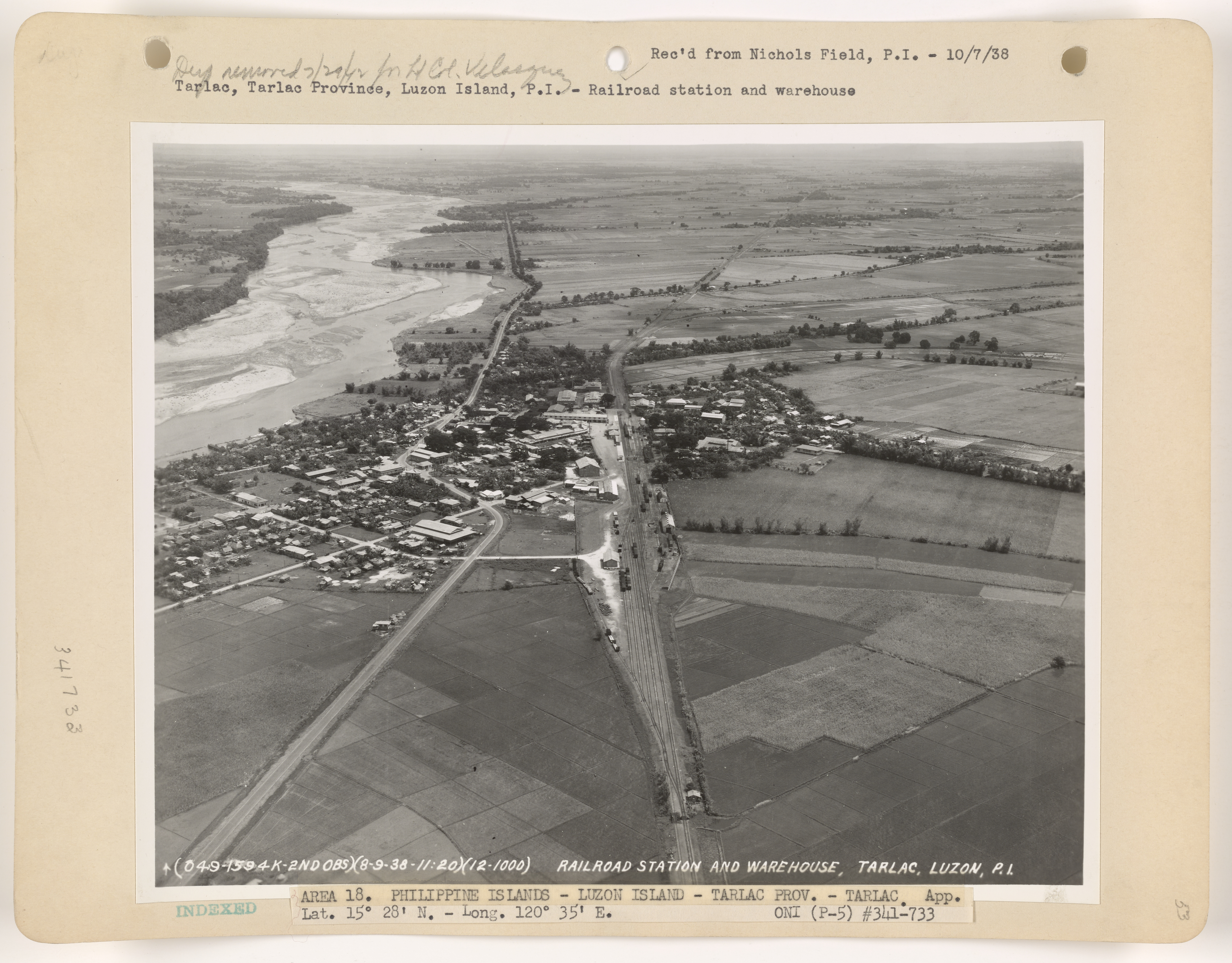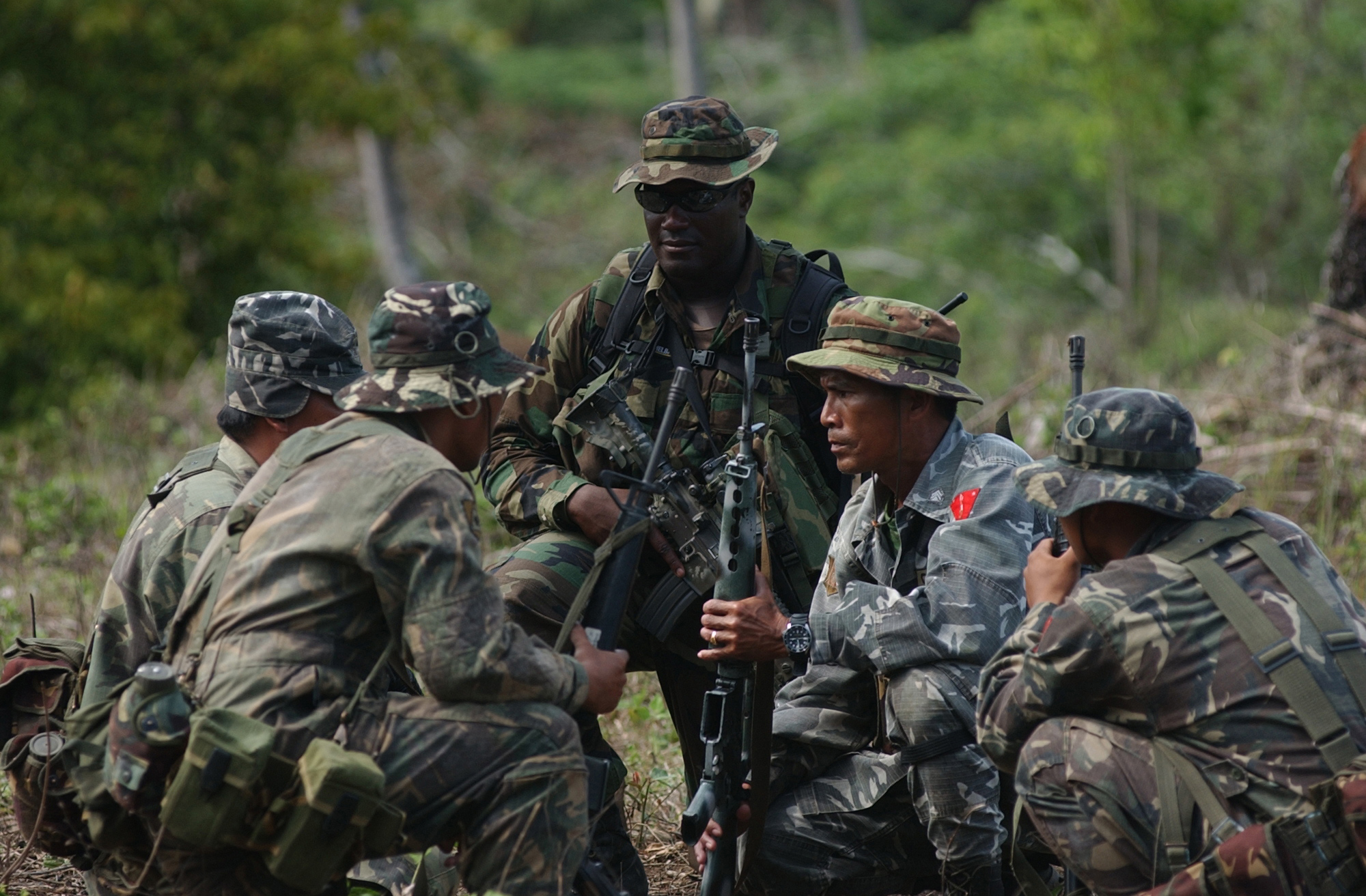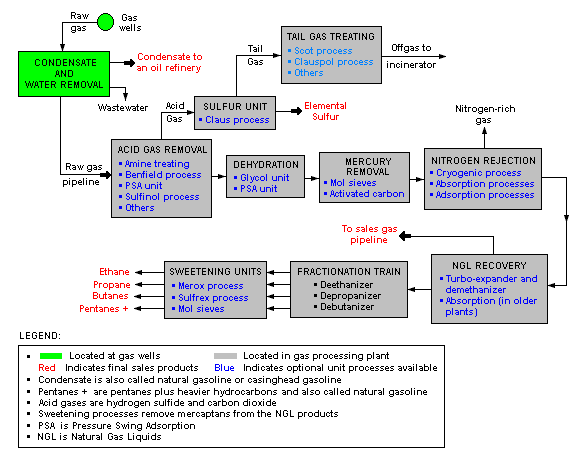|
Luisita
Hacienda Luisita is a 6,453-hectare sugar plantation located in the province of Tarlac, Philippines. The hacienda spans 11 barangays in three towns of Tarlac province. Most of the original farmworkers reside in 10 villages – Barangays Balete, Cutcut (or Sta. Catalina), Lourdes (formerly Texas), Mapalacsiao (formerly Luisita), Asturias, and Bantog in Tarlac City; Barangay Motrico in La Paz town; and Barangays Parang (formerly San Sebastian), Mabilog (formerly Pasajes) and Pando in Concepcion town. The original estate includes the Central Azucarera de Tarlac (CAT) sugar mill and a golf course. The eleventh village is Barangay Central in Tarlac City which houses the CAT sugar mill, the St. Martin de Porres Hospital and the Our Lady of Lourdes Church. It features Luisita Golf and Country Club, a golf course and Las Haciendas de Luisita Subdivision, a 5-interconnected luxury subdivision. Originally owned by the Compañía General de Tabacos de Filipinas (Tabacalera), it is ... [...More Info...] [...Related Items...] OR: [Wikipedia] [Google] [Baidu] |
Corazon Aquino
Maria Corazon "Cory" Sumulong Cojuangco-Aquino (; ; January 25, 1933 – August 1, 2009) was a Filipina politician who served as the 11th president of the Philippines from 1986 to 1992. She was the most prominent figure of the 1986 People Power Revolution, which ended the two-decade rule of President Ferdinand Marcos and led to the establishment of the current democratic Fifth Philippine Republic. Corazon Aquino was married to Senator Benigno Aquino Jr., who was one of the most prominent critics of President Marcos. After the assassination of her husband on August 21, 1983, she emerged as leader of the opposition against the president. In late 1985, Marcos called for a snap election, and Aquino ran for president with former Senator Salvador Laurel as her running mate for vice president. After the election held on February 7, 1986, the Batasang Pambansa proclaimed Marcos and his running mate Arturo Tolentino as the winners, which prompted allegations of electoral fraud ... [...More Info...] [...Related Items...] OR: [Wikipedia] [Google] [Baidu] |
Peping Cojuangco
José "Peping" Sumulong Cojuangco Jr. (born September 19, 1934) is a Filipino former congressman and the 9th President of the Philippine Olympic Committee from 2004 to 2018. He is a member of the influential Cojuangco political family. Early life Cojuangco was born on September 19, 1934, to José Cojuangco Sr. and Demetria Sumulong. Political career Local government official in Paniqui, Tarlac Cojuangco served as a member of the municipal council of Paniqui, Tarlac from 1955 to 1957. He became Vice Mayor of the same town in 1957 and served the term until 1959. Cojuangco was elected as Mayor of Paniqui in 1959 and served until 1961. Congressman (1960s) In 1961, Cojuangco was elected as a Member of the Philippine House of Representatives representing the First District of the province of Tarlac. At the time, he was the youngest member of the House of Representatives. He was also part of the Commission on Appointments. During the tenure of President Diosdado Macapagal, he was na ... [...More Info...] [...Related Items...] OR: [Wikipedia] [Google] [Baidu] |
Tarlac City
Tarlac City, officially the City of Tarlac ( pam, Lakanbalen ning Tarlac; pag, Siyudad na Tarlac; ilo, Siudad ti Tarlac; fil, Lungsod ng Tarlac ), is a 1st class component city and capital of the province of Tarlac, Philippines. According to the 2020 census, it has a population of 385,398 people. The city was proclaimed as a highly urbanized city by the former President Gloria Macapagal Arroyo, but the decision was opposed by the provincial government. History Tarlac's first settlers came from Bacolor, Pampanga. They cleared the area, fertilised the soil, and then established their settlement here in 1788. This small community of settlers experienced rapid population growth, as settlers from Bataan, Pampanga and Zambales moved into the area. The Kapampangan language, which is the dialect of Pampanga, became the native language of this town. Roads and barrios were built over the following decades through hard work of its residents. Following the foundation of the provinc ... [...More Info...] [...Related Items...] OR: [Wikipedia] [Google] [Baidu] |
Tarlac
Tarlac, officially the Province of Tarlac ( pam, Lalawigan ning Tarlac; pag, Luyag/Probinsia na Tarlac; ilo, Probinsia ti Tarlac; tgl, Lalawigan ng Tarlac; ), is a landlocked province in the Philippines located in the Central Luzon region. Its capital is the city of Tarlac. It is bounded on the north by the province of Pangasinan, Nueva Ecija on the east, Zambales on the west and Pampanga in the south. The province comprises three congressional districts and is subdivided into 17 municipalities and one city, Tarlac City, which is the provincial capital. The province is situated in the heartland of Luzon, in what is known as the Central Plain also spanning the neighbouring provinces of Pampanga, Pangasinan, Nueva Ecija and Bulacan. Tarlac covers a total land area of . Early in history, what came to be known as Valenzuela Ranch today was once a thickly-forested area, peopled by roving tribes of nomadic Aetas who are said to be the aboriginal settlers of the Philippines, and ... [...More Info...] [...Related Items...] OR: [Wikipedia] [Google] [Baidu] |
The Philippine Star
''The Philippine Star'' (self-styled ''The Philippine STAR'') is an English-language newspaper in the Philippines and the flagship brand of the Philstar Media Group. First published on July 28, 1986, by veteran journalists Betty Go-Belmonte, Max Soliven and Art Borjal, it is one of several Philippine newspapers founded after the 1986 People Power Revolution. The newspaper is owned and published by Philstar Daily Inc., which also publishes the monthly magazine ''People Asia'' and the Sunday magazines ''Starweek'' and ''Let's Eat''. As part of the Philstar Media Group, its sister publications include business newspaper '' BusinessWorld''; Cebu-based, English-language broadsheet '' The Freeman''; Filipino-language tabloids '' Pilipino Star Ngayon'' and ''Pang-Masa''; Cebuano-language tabloid ''Banat'', online news portals Interaksyon (formerly with News5), LatestChika.com, Philstar Life and Wheels.ph, and TV/digital production unit Philstar TV. In March 2014, the newspaper was ... [...More Info...] [...Related Items...] OR: [Wikipedia] [Google] [Baidu] |
Refinery
A refinery is a production facility composed of a group of chemical engineering unit processes and unit operations refining certain materials or converting raw material into products of value. Types of refineries Different types of refineries are as follows: * Petroleum oil refinery, which converts crude oil into high-octane motor spirit (gasoline/petrol), diesel oil, liquefied petroleum gases (LPG), kerosene, heating fuel oils, hexane, lubricating oils, bitumen and petroleum coke * Edible oil refinery which converts cooking oil into a product that is uniform in taste, smell and appearance, and stability * Natural gas processing plant, which purifies and converts raw natural gas into residential, commercial and industrial fuel gas, and also recovers natural gas liquids (NGL) such as ethane, propane, butanes and pentanes * Sugar refinery, which converts sugar cane and sugar beets into crystallized sugar and sugar syrups * Salt refinery, which cleans common salt (NaCl) ... [...More Info...] [...Related Items...] OR: [Wikipedia] [Google] [Baidu] |
Laguna, Philippines
Laguna, officially the Province of Laguna ( fil, Lalawigan ng Laguna), is a province in the Philippines located in the Calabarzon region in Luzon. Its capital is Santa Cruz while its largest city is the City of Calamba and the province is situated southeast of Metro Manila, south of the province of Rizal, west of Quezon, north of Batangas and east of Cavite. Laguna hugs the southern shores of Laguna de Bay, the largest lake in the country. As of the 2020 census, the province's total population is 3,382,193. It is the seventh richest province in the country. Laguna is notable as the birthplace of José Rizal, the country's '' de facto'' national hero. It has numerous natural and cultural attractions such as Pagsanjan Falls, the University of the Philippines Los Baños and the University of the Philippines Open University in Los Baños, the hot spring resorts of Calamba on the slopes of Mount Makiling, Pila historic town plaza, Taytay Falls in Majayjay, the wood car ... [...More Info...] [...Related Items...] OR: [Wikipedia] [Google] [Baidu] |




